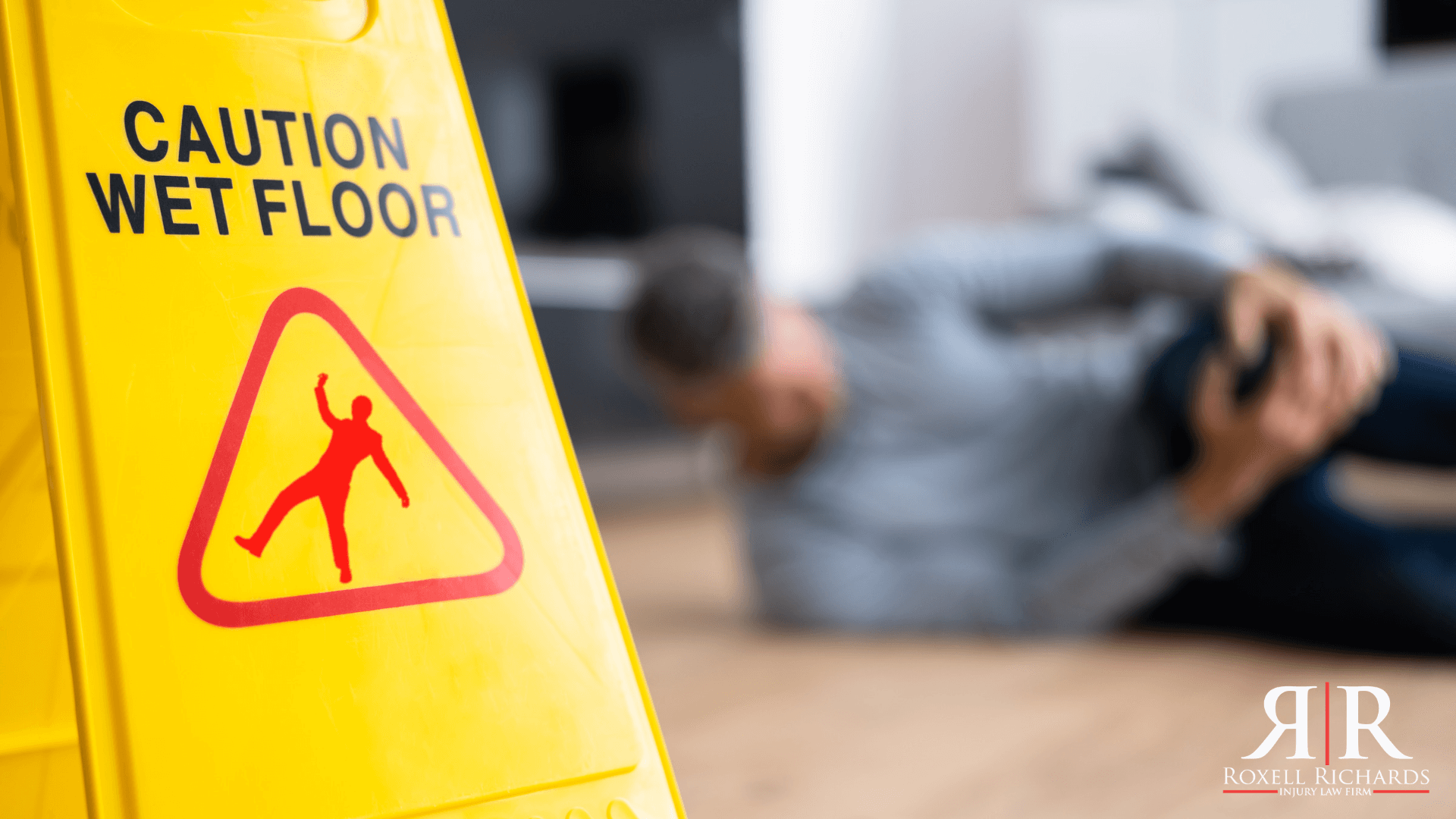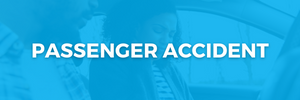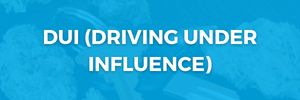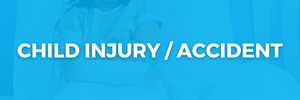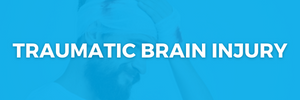Why Slip and Fall Accidents Should Never Be Taken Lightly
Slips, trips, and falls are among the most common accidents in various settings, including workplaces and public areas.
Understanding the hazards associated with these accidents and taking appropriate preventive measures can significantly reduce the risk of injuries.
Why are slips and falls hazardous?
Slips and falls are hazardous due to the following reasons:
- Risk of Injury: Slipping or falling can cause various injuries, such as sprains, fractures, bruises, or even more severe harm, like head injuries. These injuries can lead to pain and discomfort and may require medical attention.
- Impact on Daily Life: Injuries from slips and falls can disrupt daily activities and routines and overall quality of life. It can also be emotionally distressing that they may limit mobility, affecting work, school, or personal life, and require time for recovery.
- Costly Medical Expenses: Treating injuries from slips and falls can be expensive. Medical bills, rehabilitation, and potential time off work can financially burden individuals and their families.
- Legal Consequences: In certain situations, slip and fall accidents can lead to legal disputes. Property owners may be liable for negligence if their premises were unsafe and led to the accident.
- Impact on the Elderly: Older adults are particularly vulnerable to slips and falls, and these accidents can result in more severe injuries, leading to a decline in their overall health and independence.
What are the effects of tripping, slipping, and falling?
Physical Injuries
Slips, trips, and falls can result in various physical injuries. For example, sprains, strains, fractures, bruises, cuts, and abrasions. And it can limit a person’s mobility, making it challenging to move freely and perform everyday activities.
Head Injuries
Falls, especially from heights or on hard surfaces, can lead to severe head injuries like concussions or traumatic brain injuries (TBIs). Chronic pain and physical limitations resulting from slip and fall injuries can lower a person’s overall quality of life.
Back and Spinal Injuries
Some falls can cause damage to the back or spine, leading to chronic pain and potential long-term disabilities. And that severe injuries from falls may necessitate assistance from family members or caregivers for daily activities.
Hospitalization
Severe slip and fall accidents may require hospitalization and medical treatment, leading to healthcare expenses and prolonged recovery periods. Also, it can cause emotional distress, anxiety, and depression, mainly if the injuries are severe or require long-term care.
In fact, medical treatments and rehabilitation for slip and fall injuries can increase healthcare expenses.
Loss of Work
Slip and fall injuries can result in missed workdays, leading to financial strain due to reduced income. And in workplaces, slip and fall accidents can cause a decrease in productivity, increased absenteeism, and potential legal liabilities for employers.
Legal Issues
Slip and fall accidents may result in legal disputes, especially if negligence on someone’s part is involved, potentially leading to compensation claims or liability issues.
Also, slips, trips, and falls can have far-reaching consequences, impacting physical health, emotional well-being, financial stability, and social aspects of individuals’ lives.
And implementing preventive measures and promoting safety awareness is crucial to minimize the risks. Furthermore, this mitigates the potential consequences of such accidents.
Identifying the Causes of Slip and Fall Accidents
Slip and fall refer to a type of physical hazard that can cause harm to individuals when they lose their balance, trip, or slip on surfaces or objects.
Typical reasons for slip and fall incidents
The most common causes of slip and fall accidents are as follows:
Age
As individuals age, their balance, vision, and reaction times may decline, making them more susceptible to slips, trips, and falls.
Physical Impairments
People with physical impairments or mobility issues, such as muscle weakness, joint problems, or disabilities, face an increased risk of falling. Also, cluttered or obstructed walkways in homes, workplaces, or public areas can increase the chances of tripping and falling for people with physical impairments.
Poor Lighting
Insufficient or inadequate lighting can make it difficult to see potential hazards. Thus, increasing the risk of tripping or misjudging steps. And that poor lighting or glare can significantly impact a person’s ability to see and navigate their surroundings safely.
But implementing proper lighting and addressing glare issues in various environments can significantly reduce the risk of accidental falls. Furthermore, it creates safer spaces for everyone.
Lack of Handrails and Damaged floors
The absence of handrails on staircases or uneven terrain can lead to loss of balance and falls, especially for elderly individuals or those with mobility issues. Uneven or damaged floors, sidewalks, or pathways can cause individuals to trip and lose balance.
Weather Conditions
Slip and fall risks increase during adverse weather conditions, such as rain, snow, ice, or slippery leaves on the ground. Slippery floors due to spills, wet weather conditions, or recently cleaned surfaces can lead to slips and falls.
Lack of Warning Signs
Failure to display warning signs for wet floors or hazardous areas can lead to unexpected slips and falls. Also, being in a hurry or distracted while walking can cause individuals to overlook potential hazards and warning signs increasing the likelihood of accidents.
Improper Floor Cleaning and Maintenance
Using excessive cleaning agents or not adequately drying wet floors after cleaning can create slippery surfaces. Poor walkways, floors, or outdoor pathways maintenance can lead to hazards such as cracked surfaces or loose tiles.
Also, the absence of slip-resistant mats or rugs in areas prone to spills or water accumulation can pose a slipping hazard.
Improper Footing and Footwear
Misjudging or skipping steps while using stairs can result in trips and fall cases. Wearing shoes or footwear with inadequate grip on slippery surfaces can contribute to accidents.
Slip and fall personal injury are often caused by environmental factors, personal behaviour, and inadequate safety measures.
Recognizing these common causes and taking preventive actions can help reduce the risk of such accidents and create safer environments for everyone.
Preventive Measures for Slip and Fall Hazards
It is possible to prevent slips, trips and falls through various preventive measures. Here are some strategies to reduce the risk of such accidents:
Use Proper Signage
Place warning signs and indicators for potentially hazardous areas, such as wet floors or uneven surfaces.
Provide Adequate Lighting
Ensure proper lighting in all indoor and outdoor areas to enhance visibility and reduce the risk of accidents.
Clear Walkways
To prevent tripping hazards, keep walkways, staircases, and pathways free of clutter, debris, and obstacles.
Install Handrails
Sturdy handrails on staircases, ramps, and uneven terrain provide support and stability.
Use Slip-Resistant Mats
Place slip-resistant mats in areas prone to spills or moisture, such as entrances and kitchen areas.
Provide Proper Footwear
Encourage individuals to wear appropriate footwear with good grip and support, especially in workplaces and recreational settings.
If a slippery walking surface cannot be avoided, use Slip-Resistant Footwear. Because wearing slip-resistant footwear can significantly improve traction on slippery surfaces, reducing the likelihood of slipping.
Regular Maintenance
Inspect and maintain floors, stairs, and outdoor pathways to repair uneven or damaged surfaces. Conduct regular safety audits to identify and rectify potential hazards contributing to slips, trips, and falls.
Regularly clean and dry floors and walkways to prevent slippery surfaces caused by spills or wet conditions.
Promote Safety Awareness
Educate people about the potential hazards of slips, trips, and falls and encourage them to be mindful of their surroundings. Enforce safety policies and procedures in various settings, including homes, schools, and public places.
Modify Environmental Factors
Adjust environmental conditions to reduce risks, such as clearing ice and snow from walkways during winter.
Implementing engineering controls is the most effective method to protect against a fall hazard. Engineering controls involve making physical changes to the environment or the equipment used to minimize the risk of falls.
These modifications are designed to prevent or reduce the severity of accidents. And this provides a more permanent and reliable solution than administrative controls or personal protective equipment (PPE).
Address Workplace Hazards
Conduct risk assessments to identify potential hazards and implement safety protocols to prevent accidents.
While eliminating all risks may not be possible, taking proactive steps to prevent slips, trips, and falls can significantly reduce the likelihood of accidents. And ultimately, create safer environments for everyone.
Responsibilities for Preventing Slip, Trip, and Fall Hazards
Slips, trips, and falls are among the most common causes of workplace accidents. These accidents occur in various work environments and industries, leading to many workplace injuries each year.
According to occupational safety data, slips, trips, and falls consistently rank among the top causes of workplace accidents and injuries worldwide.
Also, slips and falls are among the most common types of accidents that occur during deck operations, particularly in maritime settings. Deck operations involve various tasks performed on the deck of ships, boats, offshore platforms, or other watercraft.
The working conditions on decks can be challenging due to factors like wet and slippery surfaces, rough seas, and frequent movement of the vessel.
These conditions increase the risk of slips, trips, and falls, making them a significant concern for the safety of crew members and personnel.
Responsible for preventing slips, trips, and fall hazards
Preventing slips, trips, and fall hazards is a collective responsibility that involves various stakeholders.
The following parties should take responsibility for ensuring safety and preventing these hazards:
- Property Owners: Property owners, whether they own residential, else’s property or commercial premises, have a duty to maintain safe conditions on their property. They should identify and address potential slip, trip, and fall hazards and implement necessary safety measures.
- Employers: Employers are responsible for providing a safe working environment for their employees. This includes identifying and mitigating fall hazards in the workplace and providing proper training on safety procedures.
- Construction Companies: In construction and renovation projects, companies should follow safety regulations, provide appropriate safety equipment, and implement measures to prevent falls.
- Maintenance Staff: Maintenance staff in various settings should conduct routine inspections, promptly address hazards, and ensure that walkways and floors are kept clean and dry.
- Employees and Occupants: Individuals who use or work in these spaces should also be responsible for their safety. Awareness of potential hazards, reporting unsafe conditions, and using proper safety protocols can help prevent accidents.
- Safety Officers: In larger organizations or high-risk environments, safety officers or committees are crucial in implementing safety policies. They will be conducting risk assessments and ensuring compliance with safety standards.
Role Of A Lawyer In Slip, Trips And Fall Accidents
The role of a slip-and-fall accident lawyer is to provide legal representation and assistance to individuals who have been injured in such accidents.
They play a crucial role in helping victims pursue their legal rights, seek compensation, and hold responsible parties accountable for their negligence or wrongful actions.
Here are the critical aspects of a slip and fall lawyer’s role in slip, trips, and fall accidents:
Legal Consultation
A lawyer will offer an initial free consultation to understand the accident details, assess the case’s merits, and inform the victim of their legal rights and options.
Investigation
The lawyer will thoroughly investigate the accident, gather evidence, collect witness statements, and review relevant documents to build a strong case.
You can check their case results and testimonials.
Liability Determination
The lawyer will identify the parties who may be liable for the accident and legal claims. For example, property owners, businesses, contractors, or others responsible for maintaining the premises.
The slip and fall attorney will work to prove that the liable parties were negligent in their duty of care, which led to the slip, trip, and fall accident.
Damages Assessment
The lawyer will assess the full extent of the victim’s damages. And this includes medical expenses, lost wages, pain and suffering, and any long-term consequences of the injuries.
Negotiation
The lawyer will negotiate with insurance companies or opposing parties to secure a fair settlement that adequately compensates the victim for their losses.
Sometimes, the lawyer may explore mediation or settlement agreements to resolve the matter more efficiently.
Expert Consultation
Depending on the case’s complexity, the lawyer may seek the assistance of experts, such as medical professionals or accident reconstruction specialists, to strengthen the case.
Timely Filing
A lawyer will ensure that all legal documents, including the complaint or lawsuit, are filed within the statute of limitations, which varies by jurisdiction.
So, by working with a skilled and experienced Houston slip and fall accident lawyer in a law firm, slip, trip, and fall accident victims can increase their chances of winning. Thus, obtaining fair compensation for their injuries and losses, ensuring their rights are protected while focusing on their recovery.
And slips, trips, and falls can lead to severe injuries and sometimes even fatalities. However, by comprehending the hazards and taking proactive preventive measures, we can create premises safe for everyone. Furthermore, we significantly reduce the risk of such accidents that will put others in dangerous conditions.
Therefore, it is crucial for individuals and organizations to be aware of their responsibilities in premises liability. They should prevent slip, trip, and fall hazards to ensure the well-being and safety of everyone involved and injured in a slip.

